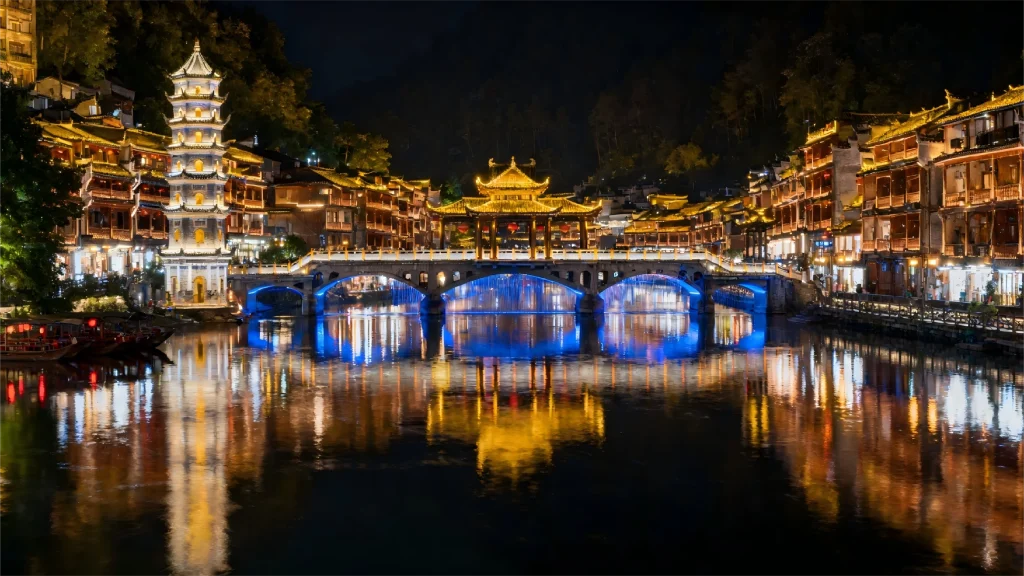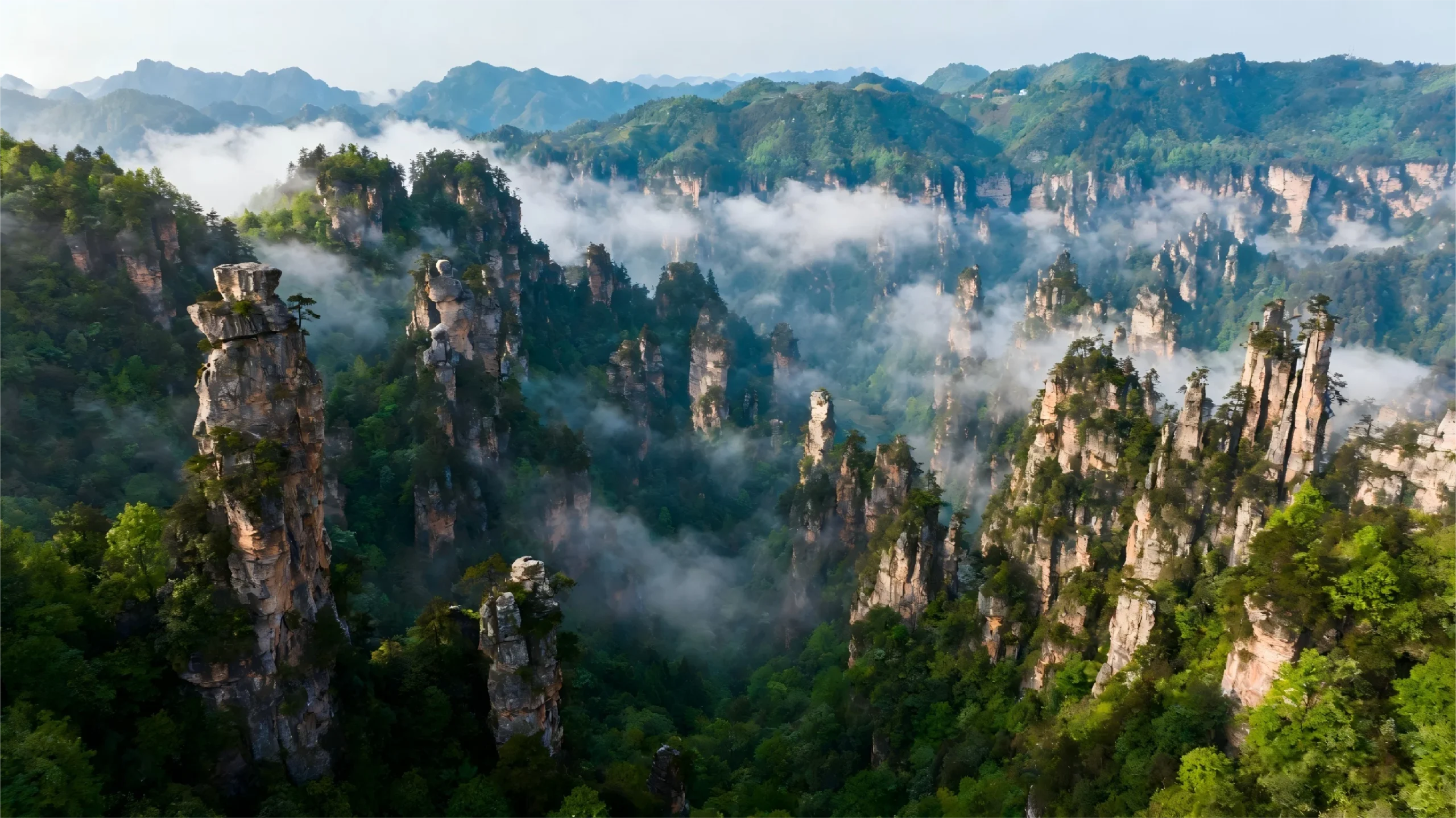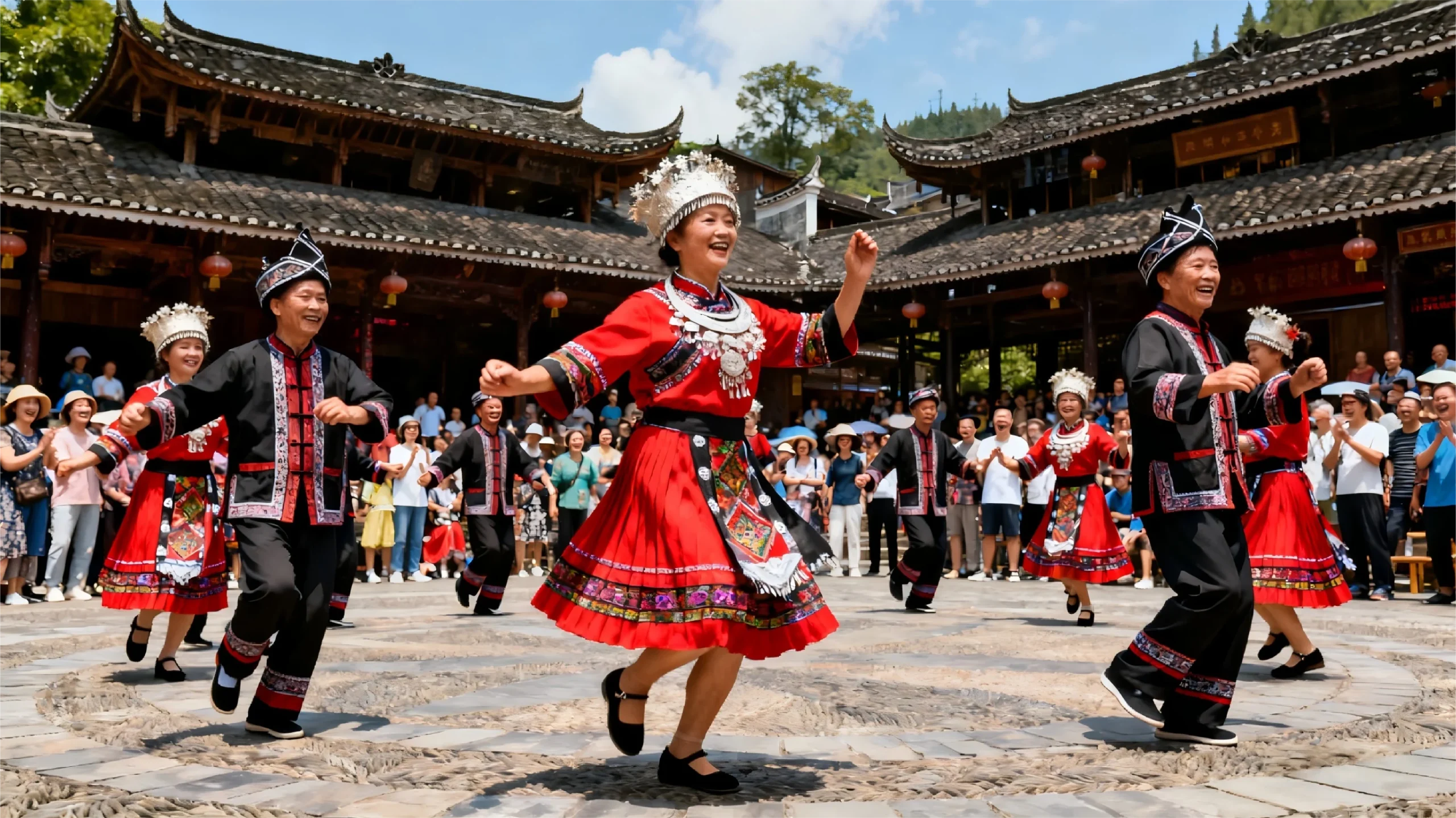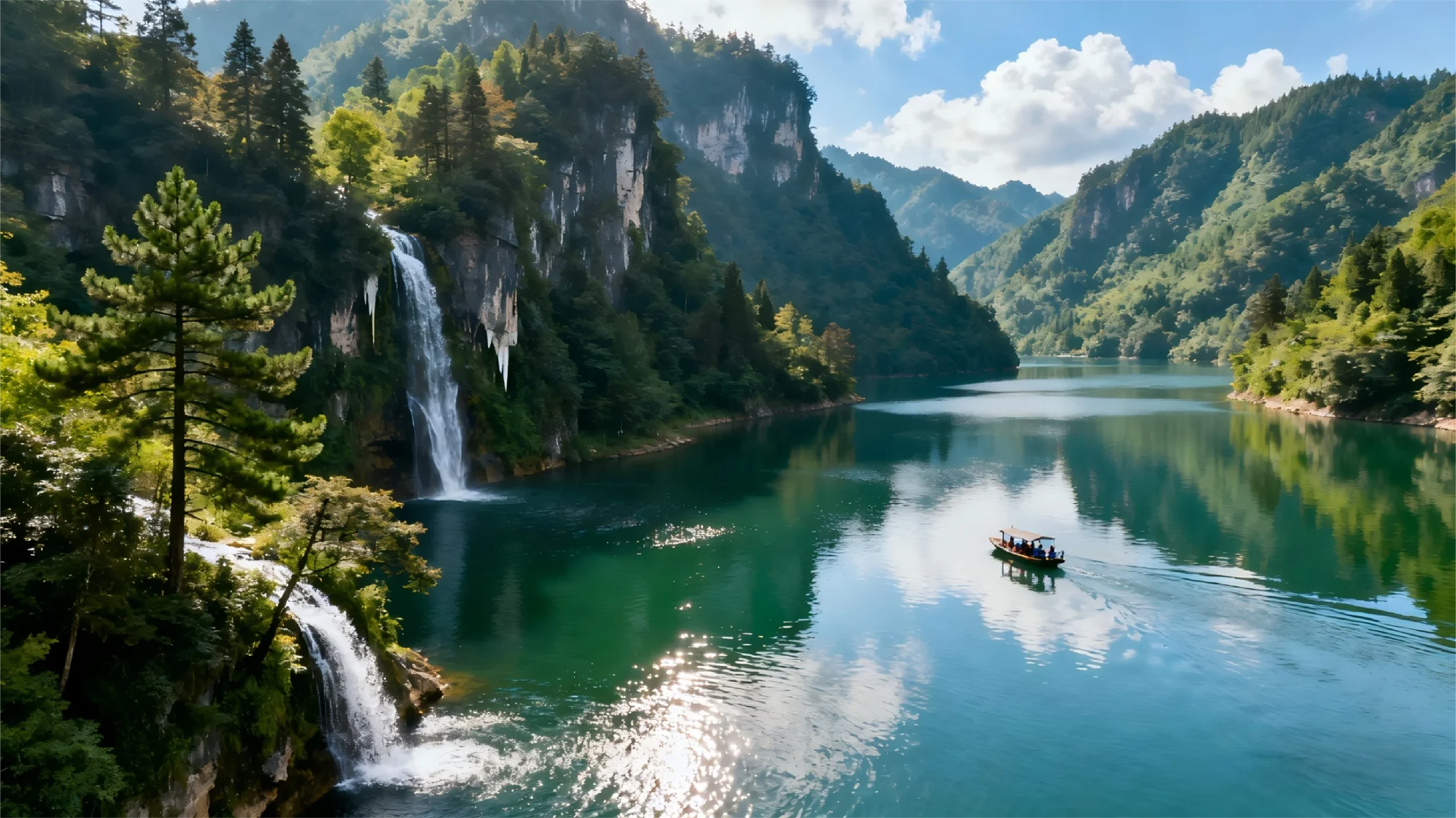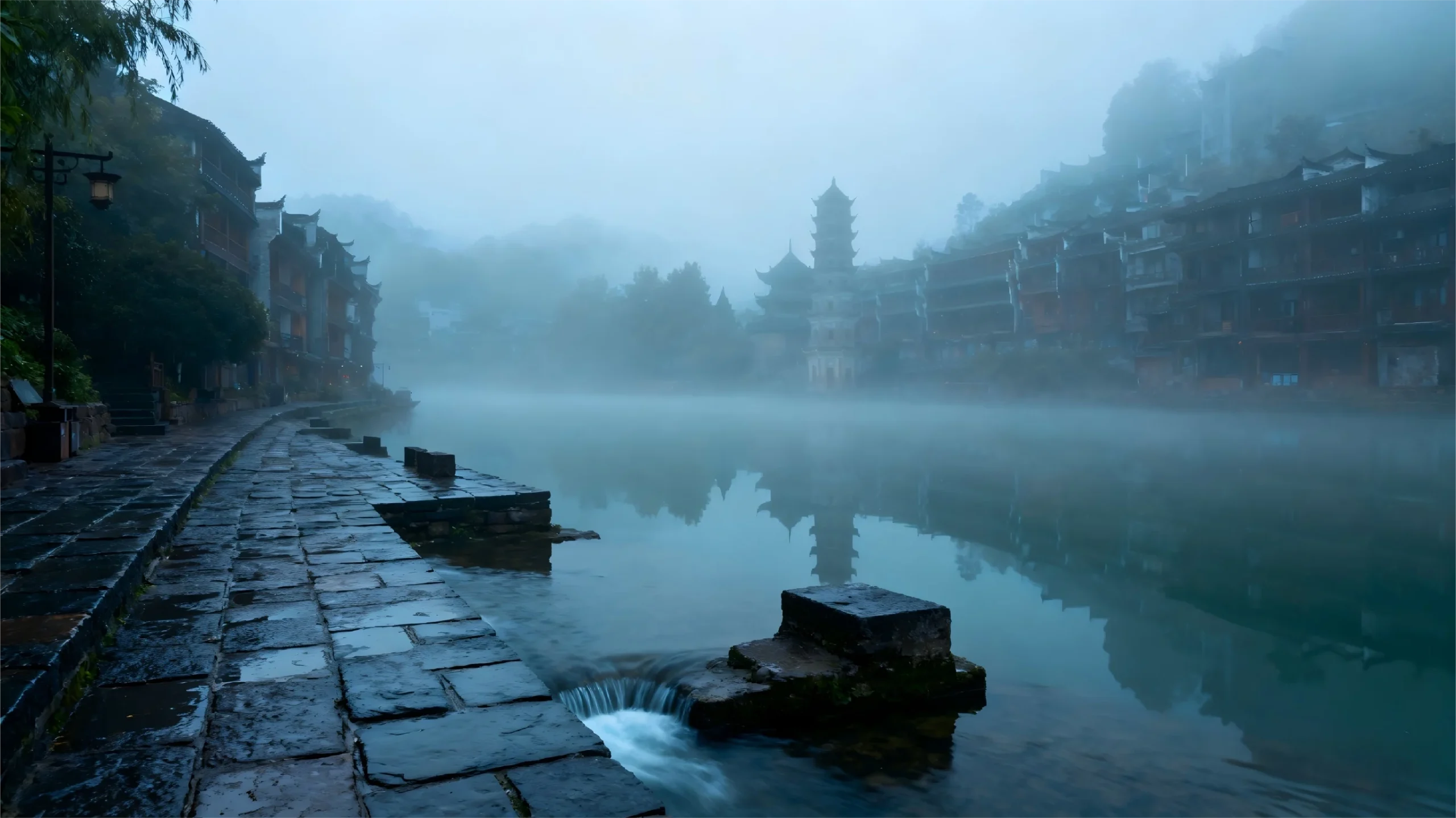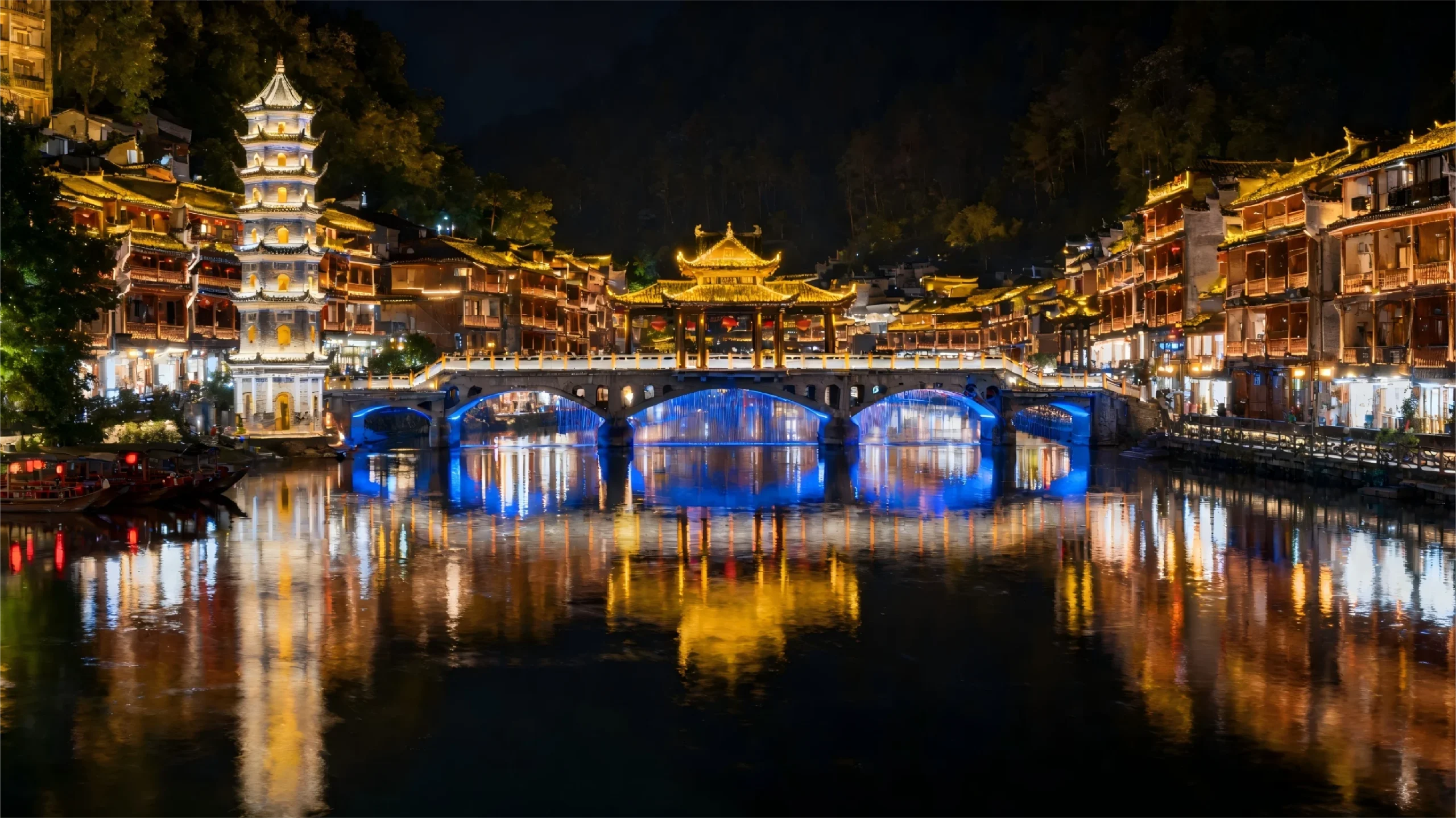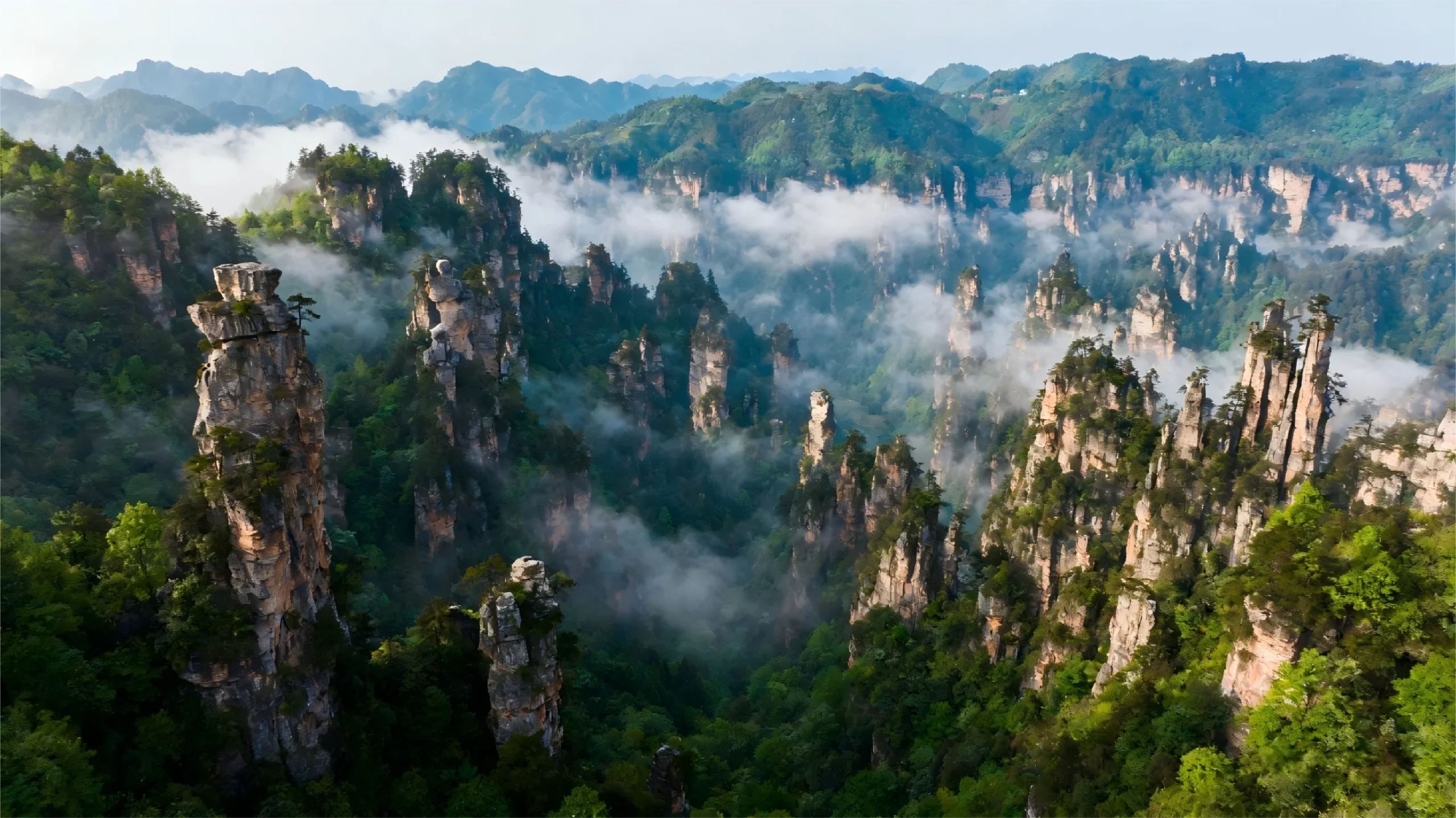Zhangjiajie sketches a “magnified bonsai” with three thousand fantastic peaks and eight hundred graceful streams; Furong Town continues the millennium Tusi legend with its waterfall and stilted houses along the You River; Fenghuang Ancient Town weaves Xiangxi’s most romantic scene with the Tuo River as its ribbon and the Rainbow Bridge as its knot. Linking all three, you’ll take in Xiangxi’s natural wonders and cultural heritage in one journey.
-
12-seats car
-
6-12people
-
moderate intensity
-
Changsha
-
autumn
-
no
-
English, Spanish, French, Korean, Japanese, etc.
-
3
-
65
Morning: Upon arrival in Zhangjiajie, head straight to Zhangjiajie National Forest Park. Enter via the Tianzi Mountain Ticket Station, take the eco-bus to Tianzi Pavilion, and overlook iconic formations such as Yubi Peak (Emperor’s Writing Brush) and Fairy Scatters Flowers—misty days feel otherworldly. Then walk through Helong Park, visit the Helong statue, and enjoy expansive “atop the peak forest” vistas. Afternoon: Descend along the Wolong Ridge trail to Yangjiajie, and check in at the “Natural Great Wall” where continuous peak-walls open like a screen. If energy allows, extend to “One Step to the Heaven” and the “Air Corridor” for a close-up of the cliffs’ grandeur. Evening: Stay in Wulingyuan District and rest up after a day of hiking.
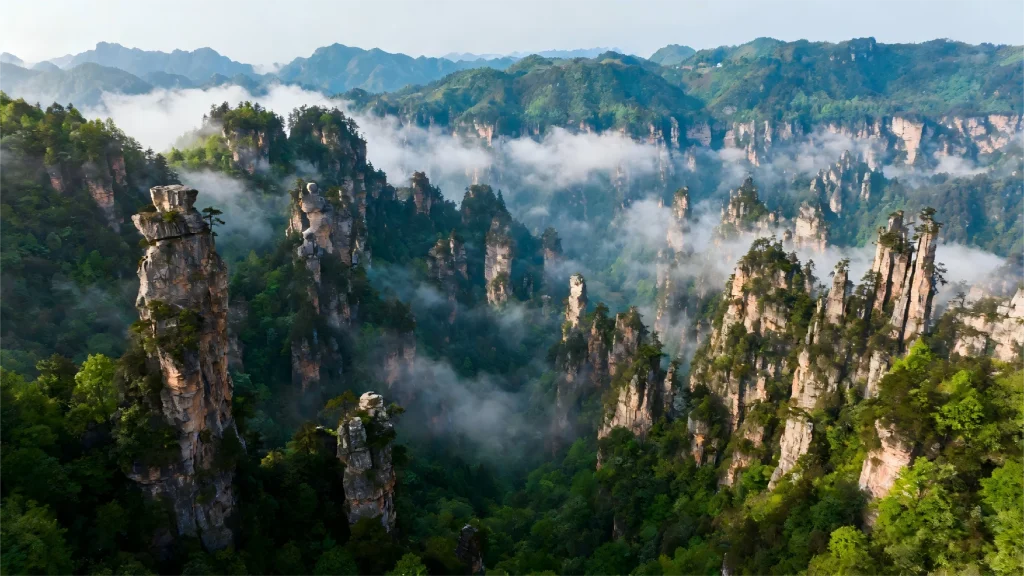
Morning: Enter via the Wulingyuan Ticket Station, take the eco-bus to the Golden Whip Stream trailhead, and hike the gorge. See reflections of Golden Whip Rock, Divine Eagle Protecting the Whip, hear babbling water and birdsong, and you may encounter macaques. At Shuirao Simen (Four Streams Converge), ride the Bailong Elevator up to Yuanjiajie for a thrilling “walk in the sky.” Afternoon: In Yuanjiajie, check in at the “Avatar Hallelujah Mountain” (prototype), the “First Bridge Under Heaven,” and other viewpoints, gazing down into the deep ravines to admire nature’s craftsmanship. Toward evening, take the eco-bus back to Wulingyuan; stroll Xibu Street for Xiangxi handicrafts and a bonfire show.
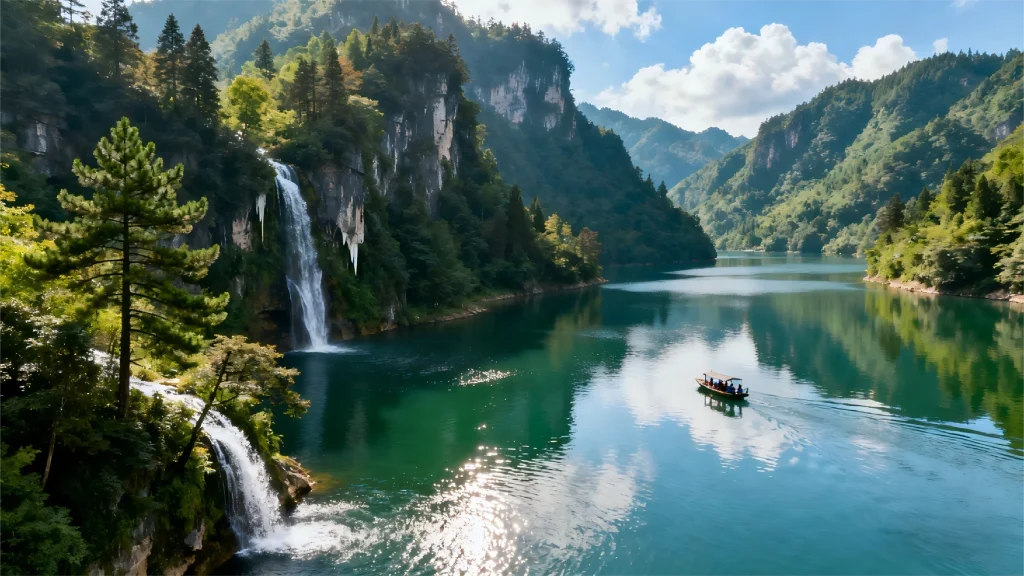
Morning: Go to the Zhangjiajie Grand Canyon and first step onto the Yuntian Du Glass Bridge—look straight down through the transparent deck at the canyon scenery; bungee jumping is available for the daring. Then descend along the canyon trail to sights like Rainbow Square and Shenquan Lake, enjoying the gorge’s serenity and vitality. Afternoon: Drive from the Grand Canyon to Furong Town; check in to a stilt-house guesthouse within the old town. After dropping your bags, wander the stone lanes, see remains of Tusi officials’ residences, and familiarize yourself with the town layout. Evening: Go to the Furong Town Waterfall viewing deck to see waterfall and stilted houses under night lighting—quiet and picturesque.
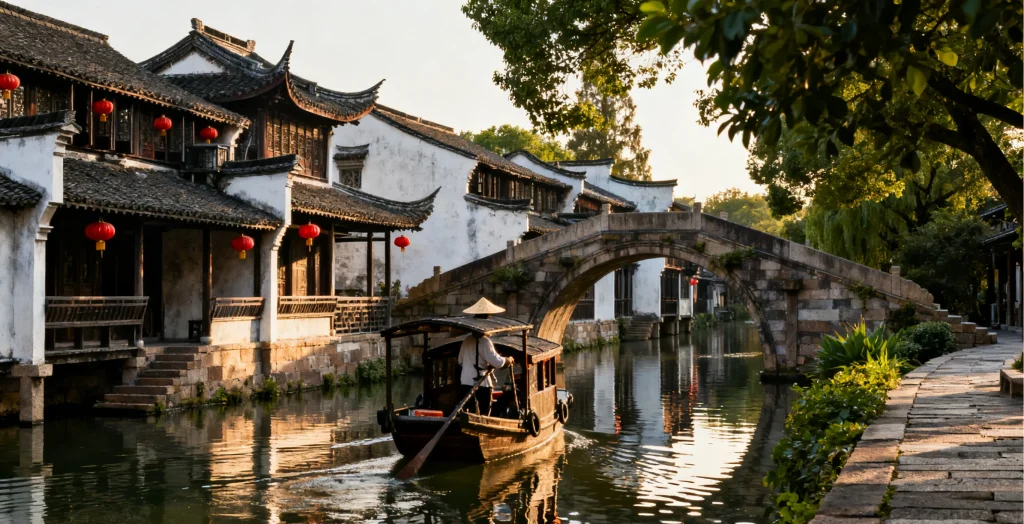
Morning: Rise early in Furong Town to photograph the waterfall before crowds; in mist it feels like a hidden world. Visit the Furong Town Folk Museum to learn Tujia history and customs; try intangible-heritage activities such as pounding glutinous rice cakes and weaving Xilankapu (Tujia brocade). Afternoon: Drive to Fenghuang Ancient Town; check in to a riverside guesthouse on the Tuo River. Stroll along the river to East Gate Tower and Hong Bridge (Wind-and-Rain Pavilion), watching boats glide between stilted houses. Evening: Enjoy Fenghuang by night—check in at landmarks such as Xue Bridge and Wanmíng (Wanming) Pagoda. You can take a Tuo River night cruise for river views of the illuminated old town, or sit at a riverside bar for a relaxed, romantic atmosphere.
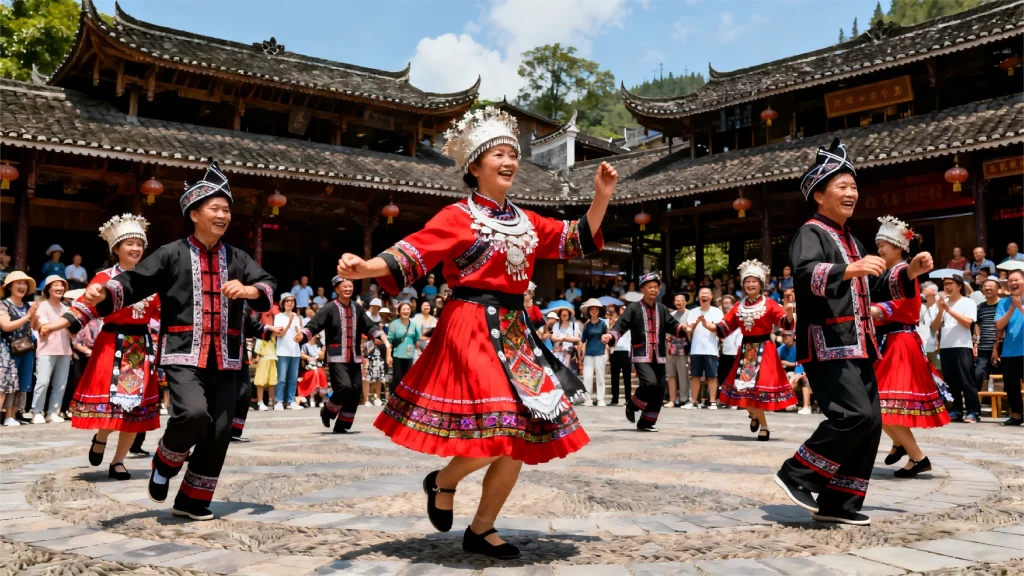
Morning: Delve into the alleys of Fenghuang Ancient Town to visit the former residences of Shen Congwen and Xiong Xiling, and learn their stories with the town. Then see Chongde Hall and Yang Family Ancestral Hall to appreciate traditional Xiangxi architecture, and shop for keepsakes such as silver jewelry and tie-dye. Afternoon: Find a riverfront café in the old town, sip Xiangxi berry tea, and leisurely enjoy Tuo River views. You may also try on Miao ethnic costumes for photos to preserve your memory of the ancient town. Depart according to your schedule to conclude the Xiangxi journey.
